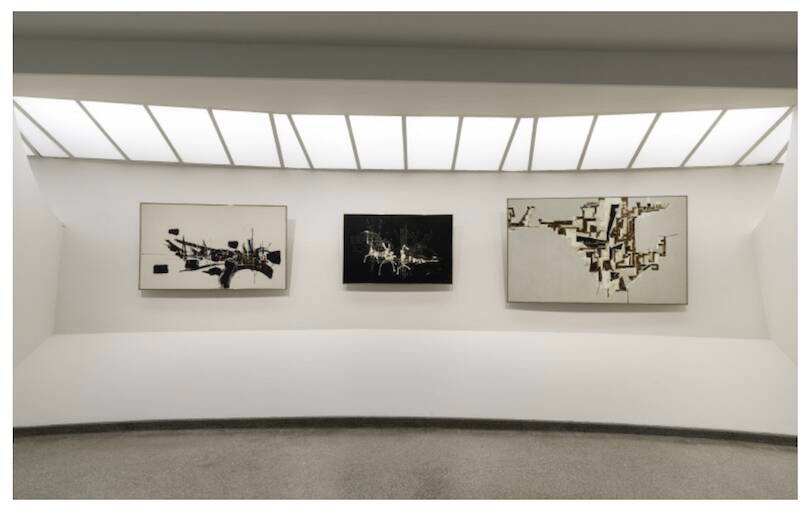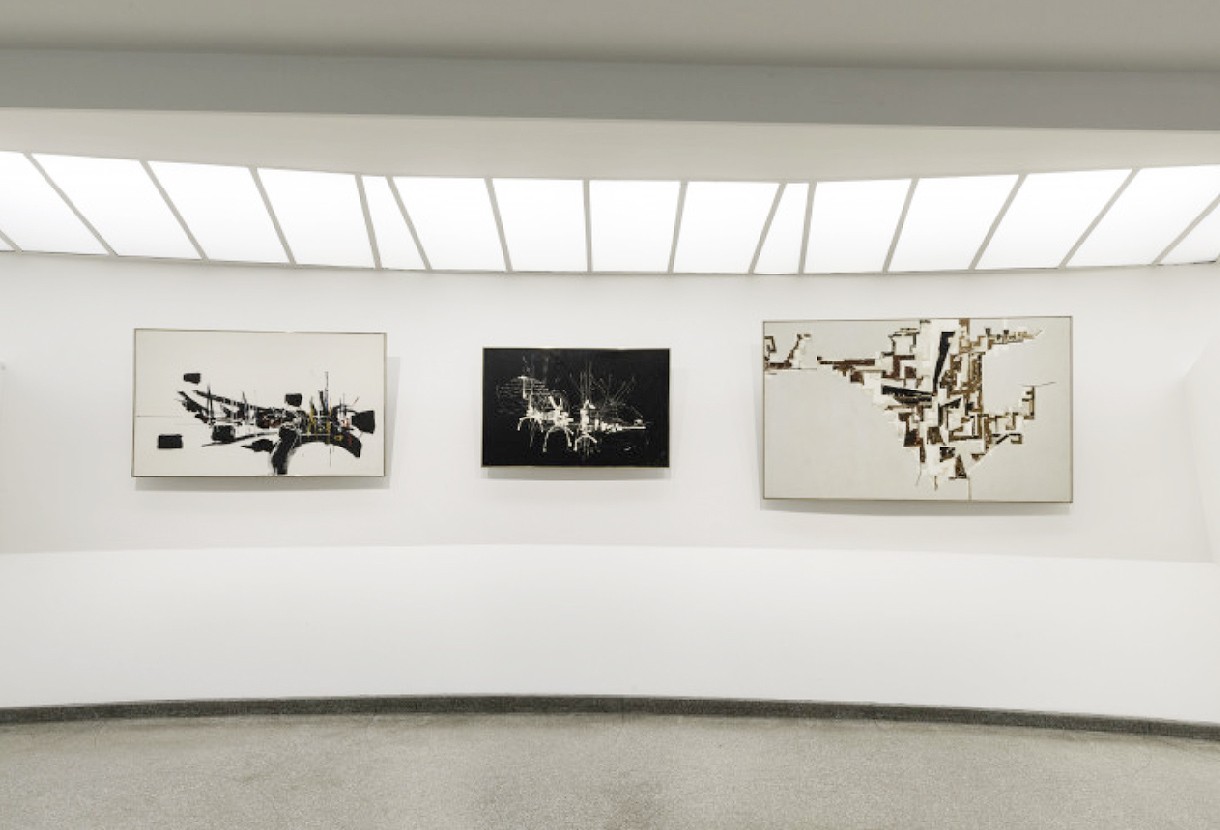
In the history of western art, the 20th century is considered to be the golden age for abstract art. During this period, artists held on to their ideals, believing that art should no longer rely on representations of the material world or symbolic meanings of objects in specific cultural backgrounds to convey a spiritual sense of perception. At the turn of the century, the value of religion and ethics was shaken up. Artists shied away from previous forms of creation and turned to simple colors and shapes in hopes of finding a universal principle as well as a pure form to express the profound spiritual connection and the underlying order in the universe that transcend time, space and culture. However, in the wake of two world wars, the lofty ideals within were shattered by an empty void of misery. They reexamined their beliefs, realizing that abstract expression would only end up an empty and repetitive form if it did not connect a subjective consciousness with the historical realities that had taken place. As a leading figure of post-war abstract art, Mathieu believed that there were three levels of creation, namely, superficial depiction, connection to external world, and finally, self-exploration - the last of which he firmly held to be the core of his belief, though the most challenging and lonely. By means of “incarnation,” Mathieu learned to translate historical figures, events and abstract concepts into artistic language. When appreciating his works, viewers can temporarily take their mind off reality, which indirectly brings about a constant evolution of thought. By then, Mathieu had established his signature style. Born in 1921, Georges Mathieu matured and formed his thoughts during the interwar period and WWII.

GEORGES MATHIEU,VIEW OF THE GROUP EXHIBITION "ARTISTIC LICENSE"AT SOLOMON R. MAY 2019,GUGGENHEIM MUSEUM NEW YORK (USA)
In 1950, public and private art institutions extended one exhibit invitation after another to him. Mathieu considered the process of creation, from beginning to end, an integral part of creation; therefore, he began to perform art in front of crowds. During his creation, he appeared sacred and majestic, as if conducting religious rituals. For this novel, performative creation concept, Mathieu had gained a widespread reputation. In 1952, he created his first two largescale artworks, Hommage au Maréchal de Turenne and La Mort de Philippe III le Hardi. For three consecutive years from 1957 to 1957, over nine unprecedented solo exhibitions took place around the globe. In 1957, he held an exhibition in Tokyo, Japan, marking his expansion into Asia. During his stay, Mathieu, joined by Michel Tapié, a renowned art critic, visited Gutai, an influential Japanese contemporary art group, in Osaka, and made in-depth exchange with its founder, Jiro Yoshihara. The trip has been viewed as a significant landmark in art history to this day. Mathieu’s artworks are collected by nearly a hundred museums in 17 countries worldwide, including authoritative art museums like the Museum of Modern Art in New York, the Solomon R. Guggenheim Museum in New York, the Pompidou Centre in Paris, and the Museum of Contemporary Art in Tokyo. His representative solo exhibitions include the first retrospective at the Museum of Modern Art of the City of Paris in 1963, as well as two other retrospectives at the Grand Palais in Paris in 1978 and the Jeu de Paume National Gallery in Paris in 1978. Even after Mathieu passed away in 2012, galleries around the world continue to orchestrate exhibitions featuring his works. However, with his importance being recorded in history and the priceless value attached to his works, increasingly more art collectors have begun to see his artworks as must-have collectibles.


